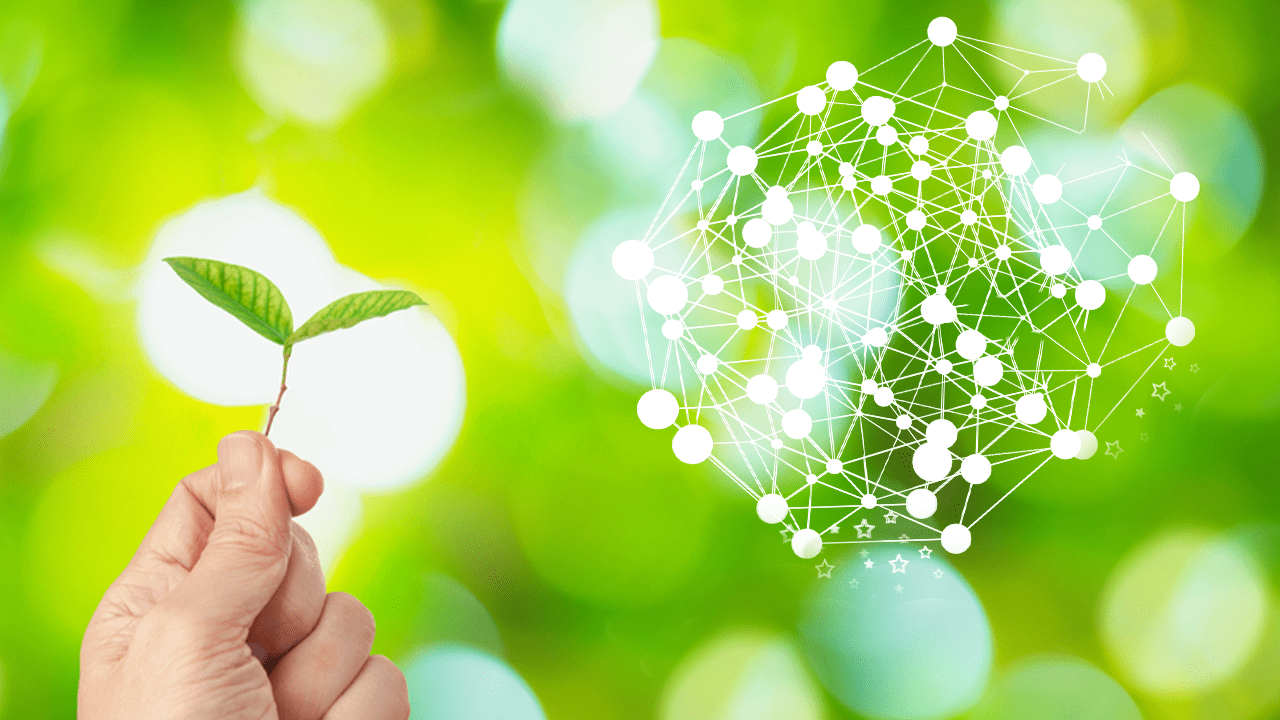From creating Artificial Intelligence solutions to Digital Transformation, businesses accumulate 2.5 Quintillion Bytes of data each day. This accumulated data is used for the benefit of businesses in making business strategies and planning. But due to the plethora of data, businesses require massive storage systems and data engineers to filter useful data and discard the rest. In addition, high-level executives are dependent on technical staff to understand data dimensionality and extract the data patterns.
Here’s the need for a knowledge graph that comes into play. In this blog, we will discuss what a knowledge graph is and its benefit to the agriculture sector in the future.


